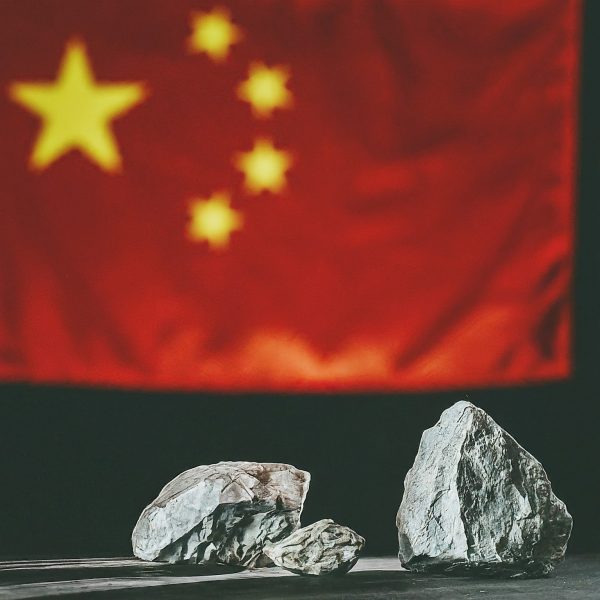




As the geopolitical landscape continues to shift, the economic tensions between the United States and China are escalating, raising concerns about the potential for conflict. Following the recent election of Donald Trump as President-elect of the UK, the Biden administration has intensified its stance against China, banning around 140 Chinese companies from engaging in trade with the U.S. due to national security concerns. In retaliation, China has implemented bans on the export of critical minerals, particularly gallium and germanium, which are essential for semiconductor production. Notably, China produces 98% of the world's gallium supply, and previous export controls have already led to a doubling of its global price. This move is seen as a strong message to Washington amid the ongoing trade war. [2d85a5d9][b13654e4]
The implications of these actions are profound, as gallium and germanium are crucial for various technologies, including smartphones and electric vehicles. The U.S. economy could face significant repercussions, with analysts estimating that the restrictions could lead to a $3.4 billion decrease in GDP. Customs data indicates that China has also ceased exports of antimony metal to all countries since October 2024, while exports to the U.S. increased by 20.98% year-on-year, reflecting a complex trade dynamic. The ongoing trade war is further complicated by Trump's threats of imposing 100% tariffs on Chinese goods, which many view as negotiation tactics rather than genuine policy proposals. Scott Bessant, Trump's Treasury Secretary pick, has suggested leveraging the size of the U.S. economy to counteract China's central planning strategies. [0c4cf3c0][2d85a5d9]
The U.S. government's response includes efforts to bolster domestic supply chains for electric vehicles and semiconductors through initiatives like the Inflation Reduction Act and the CHIPS and Science Act. However, these measures may not fully address the immediate need for critical minerals like germanium and gallium. Ellie Saklatvala from Argus Media warns of a potential expansion of export restrictions from China, emphasizing that the U.S. reliance on China for critical minerals is difficult to reduce quickly. As the Biden administration navigates these challenges, the historical context of past trade agreements, such as the 1985 Plaza Accords with Japan, serves as a reminder of the complexities involved in U.S.-China relations. Current geopolitical dynamics differ significantly from those of the past, making the potential for a grand bargain between the two nations increasingly uncertain. [93769ace][b13654e4]
The risks of actual conflict are heightened amidst this economic sabre-rattling, with both nations engaging in strategic posturing. The situation is further complicated by the European Union's vulnerability to China's export controls, particularly regarding rare minerals essential for advanced weaponry and military equipment. As the U.S. and China continue to engage in a tit-for-tat exchange of tariffs and sanctions, the global economy faces an uncertain future, with analysts warning that the stakes could escalate to the brink of war. [720cf963][2d85a5d9]